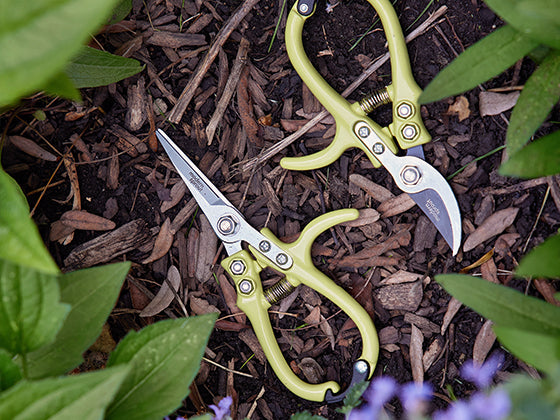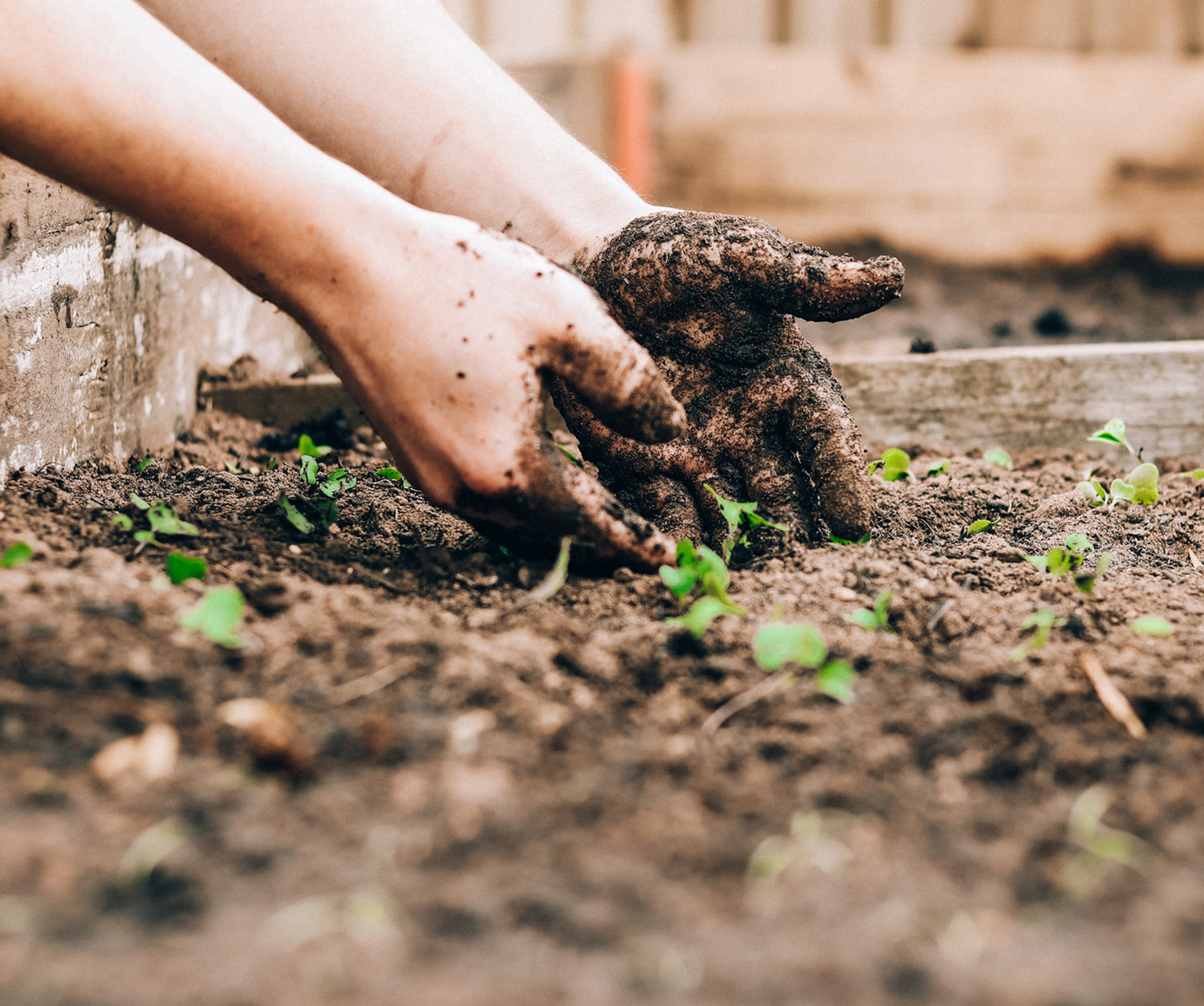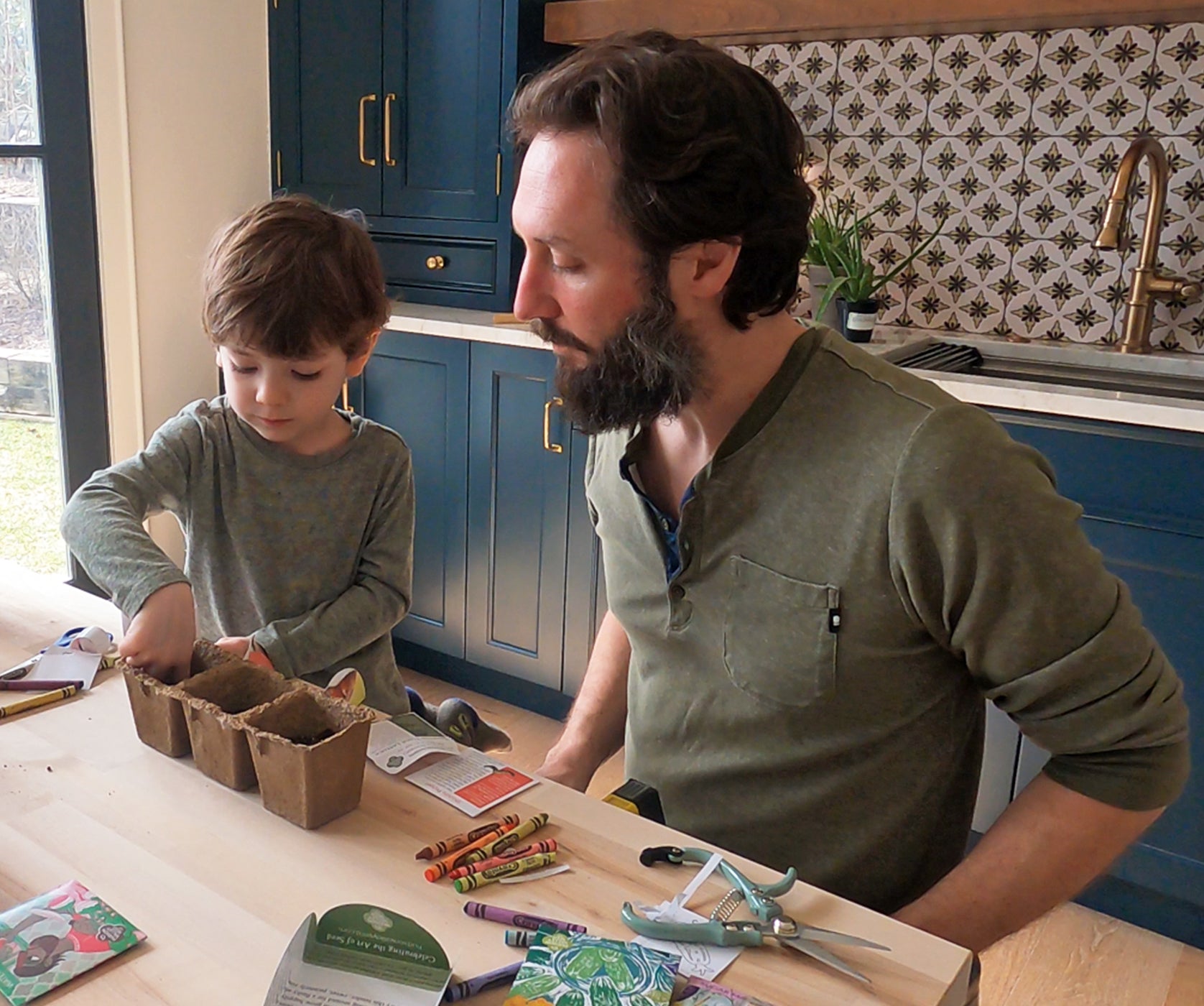Our One-For-One Tree Kit campaign first started as an idea to do good. We created the kit you know now, and sought out the right partner who could align with our tree-for-tree goal. Get a tree, give a tree. Thanks to people like you, we’ve planted over 100,000 trees to support projects like the ones you’ll find below.
PROJECT: KIRTLAND'S WARBLER HABITAT RESTORATION IN MICHIGAN

Trees Planted: 10,000
Summary: When human settlement and commercial timber harvest in the 1970s and 1980s altered natural forest cycles in northern Michigan, home to the endangered Kirtland’s warbler, the bird’s numbers plummeted. Conservation efforts over several decades have expanded the warbler’s population from approximately 400 to more than 4,000 birds. Conservation success stories take a very long time to develop so this rare and exciting population rebound is exciting and something Passion Planner should be very proud of helping make possible. Thanks to you, a species was brought back from the brink of extinction and it was even delisted last year.
PROJECT: FORESTS FOR MONARCHS Trees Planted: 17,422
Trees Planted: 17,422
Summary: The monarch butterfly is an iconic pollinator. Its symbolism within Mexico, the United States, and Canada reigns supreme over other pollinators and many other migratory species. Unfortunately, it is also a species under severe threat of extinction. To save this important pollinator, a tri-national effort is required. The partnership between Forests for Monarchs and American Forests will plant crucial habitat for monarchs as they migrate to and from their overwintering habitat in the mountains of Michoacan, Mexico. Thanks to the funding by Modern Sprout, the work we are doing together will directly impact the population size, health, and migration success of the monarch. Monarch butterflies and other critical migratory species that will benefit from the trees we plant don't recognize country boundaries.
PROJECT: 2021 SANTIAM STATE FOREST, OR Trees Planted:10,000
Trees Planted:10,000
Summary: The 2020 Beachie Creek Fire severely burned over 16,000 acres of forest on the Santiam State Forest in Oregon. The fire occurred as part of the larger Labor Day fires that burned over 1 million acres in the state, during a record-breaking drought compounded by climate change and unusually high winds. More than 80% of the Santiam State Forest burned at high-severity, limiting the ability of the forest to recover on its own. Climate-smart reforestation is needed to jump-start the recovery of the forests and the benefits they provide. And the benefits they provide are substantial – the forests of the Santiam State Forest are some of the most productive in the United States and are nationally significant components to the country’s overall carbon sink. Prompt reforestation can begin building back the region’s carbon “savings account.” These forests will also protect cold-water streams for endangered salmon and coastal trout. In partnership with the Oregon Department of Forestry, this project is designed to enhance the resilience of the next forest to severe fire, drought and other climate-induced threats.
PROJECT: CENTRAL AND SOUTH ZONE REFORESTATION - ID Trees Planted: 10,000
Trees Planted: 10,000
Summary: In the Idaho Panhandle National Forest, the contracted planting crew consisted of 12 planters with 1 foreman and 1 inspector. This team conducting planting using tools called hoedads. These post-harvest planting sites in the Wooden Spur timber sale had deep loamy soil with good moisture, even though daytime temperatures were warm (ranging from the high 50’s in the morning during the start of planting to the lower 90’s by afternoon) and there hadn’t been measurable rain for a few weeks. Air temps did cool down the week following planting to more normal seasonal temperatures. Soil temps averaged about 10-20 degrees cooler than air temps. Atmospheric conditions were sunny and clear most of the time, with partly cloudy occurrences and no rain during the planting. Slash tended to be light to medium (5-20 tons per acre). Much of the planting occurred in burn pile areas and some areas previously burned for site preparation in prior years.
The industrious planting team averaged 400 trees per acre, with the goal of creating or increasing resistance to diseases, insects, drought, and fire over the long-term by improving stand species composition through post-harvest planting of long-lived early-seral species (improved western white pine, western larch, and ponderosa pine); promoting the large-tree component by reserving seed trees of desirable species within the stand and also providing wildlife habitat; increasing size diversity and resiliency over the project area by re-establishing stands over the landscape through planting after harvest; improving growing area; and decreasing fire hazards by reducing surface fuels. Overall the objectives of Pruential funding this particular project are to restock and reforest harvested sites through forest-type conversion from late seral/climax, shade-tolerant Douglas-Fir/Grand Fir/Western Hemlock-dominated forests to early seral, shade-intolerant Western White Pine/Western Larch/Ponderosa Pine by increasing long-term stand and forest resiliency with disease- and fire-resistant species, moving towards Forest Plan desired conditions for species composition and size class.
The planted species mix was historically much more dominant across the forest landscape, accounting for approximately 80% of forest types in the past. Currently, these desired species only occupy about 30-40% of our forests, and our forest plan has specific desired conditions with goals, standards, and guidelines to increase these species and move towards this historic range of variation. This crucial work ensures continued investment in these plantations and our forests for the future with the goal of growing these seedlings to be cone- and seed-producing mature trees that continue to propagate and reforest these areas naturally.
PROJECT: 2021 LOWER RIO GRANDE VALLEY Trees Planted: 7,000
Trees Planted: 7,000
Summary: Thorn forests, which grow in the Lower Rio Grande Valley in southern Texas, are not your typical woodland of towering trees. Here, plants are dense and shrubby, adapted to extreme heat and low rainfall. Even the biggest trees, such as mesquite and Texas ebony, often grow no higher than 6 or 7 feet. Thorn forests do stand tall, though, when it comes to biodiversity. Twelve hundred native plant species flourish here, along with 300 species of butterfly and 530 species of bird — drawing birdwatchers eager to spot green jays, Altamira orioles and other flamboyant tropical species. Thorn forests are also the only habitat left in the United States for the ocelot, an elusive, leopard-spotted cat. Less than 10% of the Lower Rio Grande Valley’s original thorn forests remain, victim to ranching, farming and rapid urbanization. Ocelots — which need huge home territories and prefer thick, unbroken vegetation — have withered away as well. Only around 50 are left in the region. Now, as climate change whips up extreme weather, from hurricanes and droughts to the historic 2021 cold snap, the cats and their habitat face a thorny future. This year, American Forests will plant 45,000 thorn forest seedlings in Laguna Atascosa National Wildlife Refuge, and an additional 80,000 in the Lower Rio Grande Valley National Wildlife Refuge. These projects, carried out in partnership with the U.S. Fish and Wildlife Service, will employ American Forests’ new drought resilience strategy — a suite of tactics to grow thorn forests that can withstand a hotter, drier future. As part of this strategy, crews will plant seedlings in plastic “shelter tubes,” which dramatically boost seedling survival rates. These reusable tubes conserve moisture, ward off hungry animals, and help seedlings outcompete fast-growing invasive grasses. Workers will plant each site with up to 30 native tree and shrub species, grown from seeds collected from a variety of sites from across the region. Genetic diversity is key in a changing climate, as certain plant populations may prove more resistant to extreme drought and other climate threats. Over the last two decades, American Forests has planted more than 2 million thorn forest seedlings in the Lower Rio Grande Valley, restoring 4,000 acres of former farmland. We also recently launched the first regionwide conservation plan for these landscapes. Eventually, with work and luck, thorn forests will rise again — to a towering 7 feet tall.
PROJECT: FLATHEAD NF HARVEST AREA RESILIENCE PLANTING Trees Planted: 5,000
Trees Planted: 5,000
Summary: Every autumn, western larch paints the Flathead National Forest a luminous gold, then drop their needles before the long Montana winter. But don’t be deceived by the larch’s glowing good looks. These 24-karat conifers — one of the world’s only deciduous pines — have brawn to match their beauty. Western larch is the most fire-resistant tree in their range, with exceptionally thick bark and deep roots. They’re often the last tree standing after a blaze, and the first to sprout in charred ground. And even though they can live up to 1,000 years, they’re fast growers, able to persist even in poor soil and dry weather — conditions that could stunt or kill other trees. These tough characteristics make larch pure gold when it comes to reforestation. This year, American Forests and the United States Forest Service are planting larch and two other hardy species — ponderosa pine and western white pine — to boost the Flathead National Forest’s longterm resilience to fire, drought, insect outbreaks and disease. As climate change deepens its grip on the region, all of these threats to forest health are growing more severe. This reforestation work, which will plant a total of 97,000 trees, will take place in several areas across the Flathead. Forestry crews will replant 50 acres in the Spotted Bear Ranger District, where the 2015 Trail Creek wildfire burned the forest so severely that no living trees remained. In the Tally Lake Ranger District, plantings will restore drought-and-pest resistant trees to 319 acres. And, in the Swan Lake Ranger District, plantings will replace stands of weak, sickly trees that were heavily infested with parasitic dwarf mistletoe. All of these efforts will use seedlings grown from genetically diverse parent stock, boosting the forest’s ability to adapt to a swiftly warming climate. The Flathead National Forest is part of the 10-million-acre “Crown of the Continent,” the largest intact ecosystem in the contiguous United States. This vast landscape, home to Glacier National Park and the Bob Marshall Wilderness, is the only area in the country that has experienced no extinctions in modern history. Visitors today will find the same species that the Lewis and Clark expedition recorded in the early 1800s. American Forests’ reforestation work will help keep this record unbroken. This year’s plantings will restore forest habitat for elk, deer and endangered grizzlies, and will improve stream health for threatened bull trout. Even as the climate crisis intensifies, we can keep this ecosystem.
PROJET: STONE FIRE SALVAGE RESTORATION REFORESTATION Trees Planted: 1,000
Trees Planted: 1,000
Summary: When you think of a desert, forests might not come to mind. But in the Devil’s Garden — part of California’s Modoc National Forest — ancient lava flows and sagebrush flats are punctuated with flourishing stands of ponderosa and Jeffrey pine. These arid forests are important year-round habitat for sensitive species such as bald eagles and the great gray owl. In the spring, temporary wetlands come alive with hundreds of thousands of waterfowl, as they take a breather during a migration that can stretch from Alaska to Patagonia. With all its feathery flocks, the Devil’s Garden is usually more Eden than inferno. But in August 2018, the area took on a more devilish character when the Stone Fire burned 40,000 acres. The wildfire — exacerbated by a legacy of forest mismanagement that left trees sickly and overcrowded — turned even hardy, fire-resistant pines to blackened stumps. Now, two years later, many of the Modoc’s burned forests are failing to regrow on their own. Without our help, they run the risk of permanently shifting to shrub-dominated landscapes, which offer little of the wildlife, water and climate benefits of a healthy forest. This year, American Forests will plant 76,750 ponderosa pines in the burn scar of the Stone Fire. This reforestation work will accelerate the Modoc’s regeneration, helping the forest leapfrog the grasses and shrubs that threaten to take over. It will also increase resistance to future wildfires, as ponderosas are the most fire-hardy tree species in the western United States. Ponderosas develop thick bark and deep roots as they age, insulating the tree’s living tissues from hot flames. They naturally self-prune their lower branches — preventing fire from climbing into their crowns — while a thick mantle of shed needles suppresses grasses that would turn to tinder in dry weather. According to one account, the indigenous name for the Devil’s Garden meant “smiles of the gods” — an appropriate moniker for such a miraculous desert forest. With thousands of new ponderosa seedlings turning charred forests green again, the gods will have plenty of reason to keep grinning.
Years later, we’re still growing strong with our partners at American Forests. We’ve donated to animal sanctuaries, habitat restoration initiatives, and wildlife preserves. With plans to keep growing together, we can’t wait to see our rewilding efforts make an impact on the world on beings great and small.







